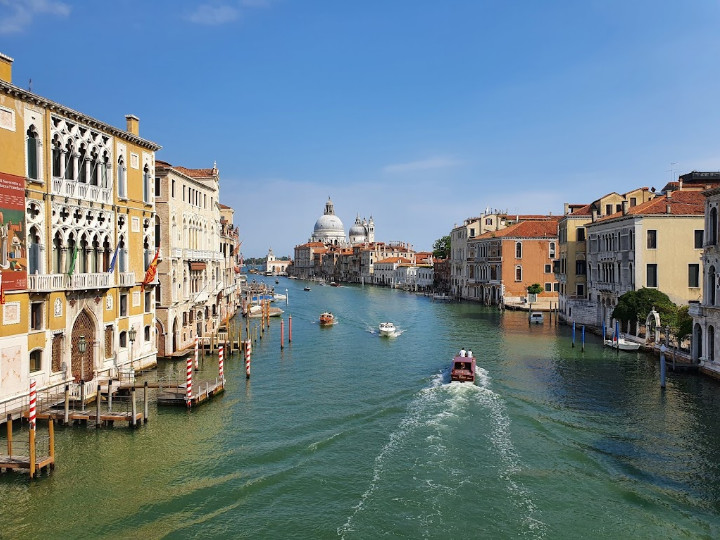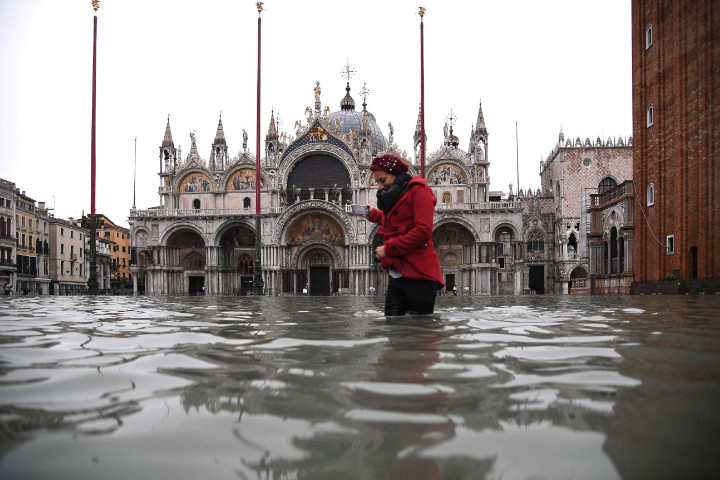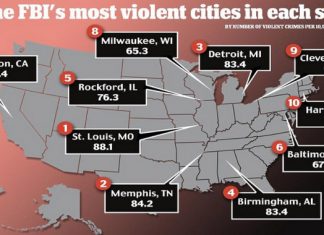Venice is one of the world’s most unique and fragile cities, famous for its canals, gondolas, and medieval architecture. But travelers often worry about one central question: Is Venice sinking? In 2025, this concern is more relevant than ever due to rising sea levels, climate change, and the annual “Aqua Alta” flooding season. This guide explains everything tourists need to know before visiting Venice, including safety, flood timing, what to expect, and how the city is protecting itself.
Is Venice Really Sinking in 2025?
The short answer is yes, but very slowly. Venice has been sinking for centuries due to natural geological movements and the soft foundation on which it was built. However, the rate of sinking today is much slower than it was in the past. The city now sinks approximately 1–2 millimeters per year, combined with rising sea levels that increase the frequency of floods.

Thanks to new protection systems like MOSE (Modulo Sperimentale Elettromeccanico), Venice is much safer today than it was a decade ago.
What Is Aqua Alta?
Aqua Alta, which means “high water,” is the term Venetians use to describe the seasonal tidal flooding that usually affects specific areas of the city. During Aqua Alta, water temporarily rises and floods low-lying areas, especially around:
- St. Mark’s Square
- Rialto
- Grand Canal walkways
- San Marco district
Aqua Alta does not mean the city is unsafe — it is a regular seasonal event and usually lasts only a few hours.
When Does Flooding Happen in Venice?
Most flooding occurs during the autumn and winter months, typically from:
- Late October
- November
- December
- January
- Early February
A combination of tides, wind, atmospheric pressure, and rising sea levels causes floods. Spring and summer are generally much drier and safer from any tidal flooding.
How MOSE Protects Venice From Flooding
MOSE is a massive engineering project made of underwater gates that rise during high tides to block seawater from entering the Venice lagoon. It has been operational since 2020 and has drastically reduced severe flooding.
How effective is MOSE in 2025?
- Prevents 90–95% of major floods
- Protects St. Mark’s Square during extreme tides
- Allows Venice to remain accessible for tourists even in high-water days
Due to MOSE, Venice is safer today than it has been at any time in the last 50 years.
Is Venice Safe for Tourists During Floods?
Yes — Venice remains one of the safest destinations in Europe, even during Aqua Alta. The city is well-prepared, locals are used to it, and tourists can move around easily with temporary walkways (“passerelle”). Most floods last only a few hours and do not significantly impact daily life.
Flood safety tips for travelers:
- Wear waterproof shoes or boots during October–February
- Download a tide forecast app (“Hi! Tide Venice”)
- Avoid St. Mark’s Square during peak tides
- Stay in higher areas like Cannaregio or Dorsoduro
What Parts of Venice Get Flooded?
Only low-lying areas flood during the event known as Aqua Alta. The rest of Venice remains accessible. The most affected places are:
- St. Mark’s Square (the lowest point in the city)
- Rialto area
- Some canal-side walkways
Hotels, restaurants, museums, and vaporetto stations usually continue operating normally.
Is Venice Sinking Fast Enough to Worry Tourists?
No — Venice is not sinking fast enough to affect travel plans. The sinking rate is extremely slow, and floods are predictable. Millions of tourists visit every year without issues.
What tourists usually experience:
- Short-term water in the streets (only during certain months)
- Raised walkways that make movement easy
- Dry and safe conditions from March to September
Tourists visiting in summer rarely see any flooding at all.
Climate Change and Venice in 2025
Climate change contributes to rising sea levels, making flood events slightly more frequent than they were in the past. However, MOSE and new city protections mean Venice is far more secure today than it was before 2015.
In 2025, experts predict that Venice will remain perfectly visitable for decades to come, as long-term solutions continue to protect the lagoon.
How to Prepare for a Trip to Venice (2025 Tips)
- Avoid late October–January if you want zero chance of floods
- Choose hotels in Dorsoduro, Santa Croce, or Cannaregio for higher ground
- Carry a compact rain poncho
- Bring waterproof shoes during winter travel
- Check tide alerts on your phone
Final Verdict — Is Venice Sinking?
Venice is slowly sinking, but with modern engineering, such as MOSE, and predictable tidal patterns, the city is safer today than ever. For tourists, Venice remains a spectacular and secure destination in 2025. Floods are manageable, temporary, and rarely disrupt travel plans.
FAQs
Is Venice sinking in 2025?
Yes, but very slowly — only 1–2 mm per year.
Does Venice flood often?
Mainly in late autumn and winter due to high tides.
Is Venice safe for tourists during Aqua Alta?
Yes, the city installs raised walkways and MOSE protects major areas.
Will Venice be underwater soon?
No. Protection systems make Venice safe for decades to come. However, a group of scientists at INGV did some digging, and, surprise, surprise, Venice is still sinking—literally. The water in that lagoon creeps up by about half a centimeter every year. It’s not totally even, though. Over on Lido island, it’s rising by 4.22 millimeters, while Malamocco gets the full 5.
They grabbed stats from Venice’s tidal center (which, honestly, sounds like a stressful place to work) covering the last two decades, then mashed that up with satellite readings about the ground itself sinking between 2008 and 2023. The bottom line? Some parts of Venice are just gonna be underwater for good by 2150. So, if you want to see those old buildings, maybe don’t wait until you’re retired.
Does Aqua Alta affect summer travel?
No, flood season is only in late autumn to early winter.


















